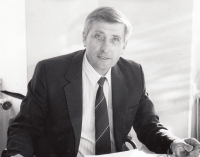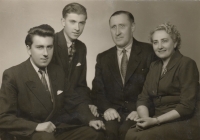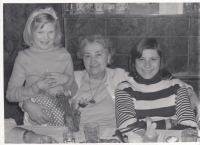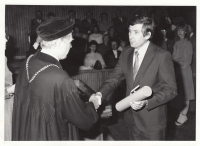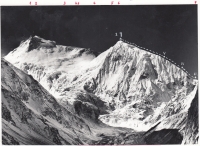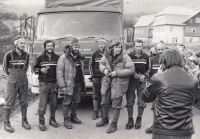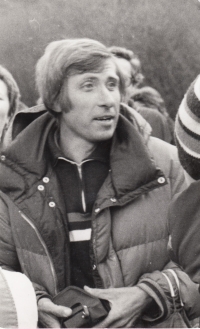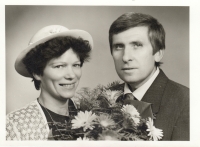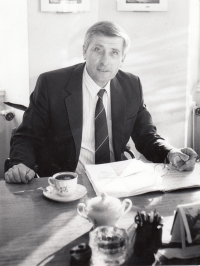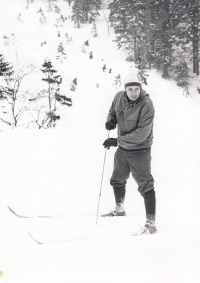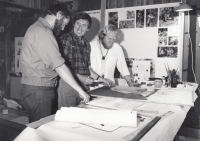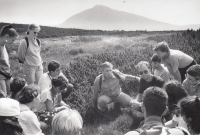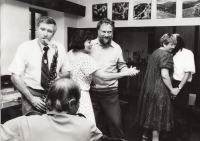Those who want to make a difference shouldn’t look for the easy and beaten path.
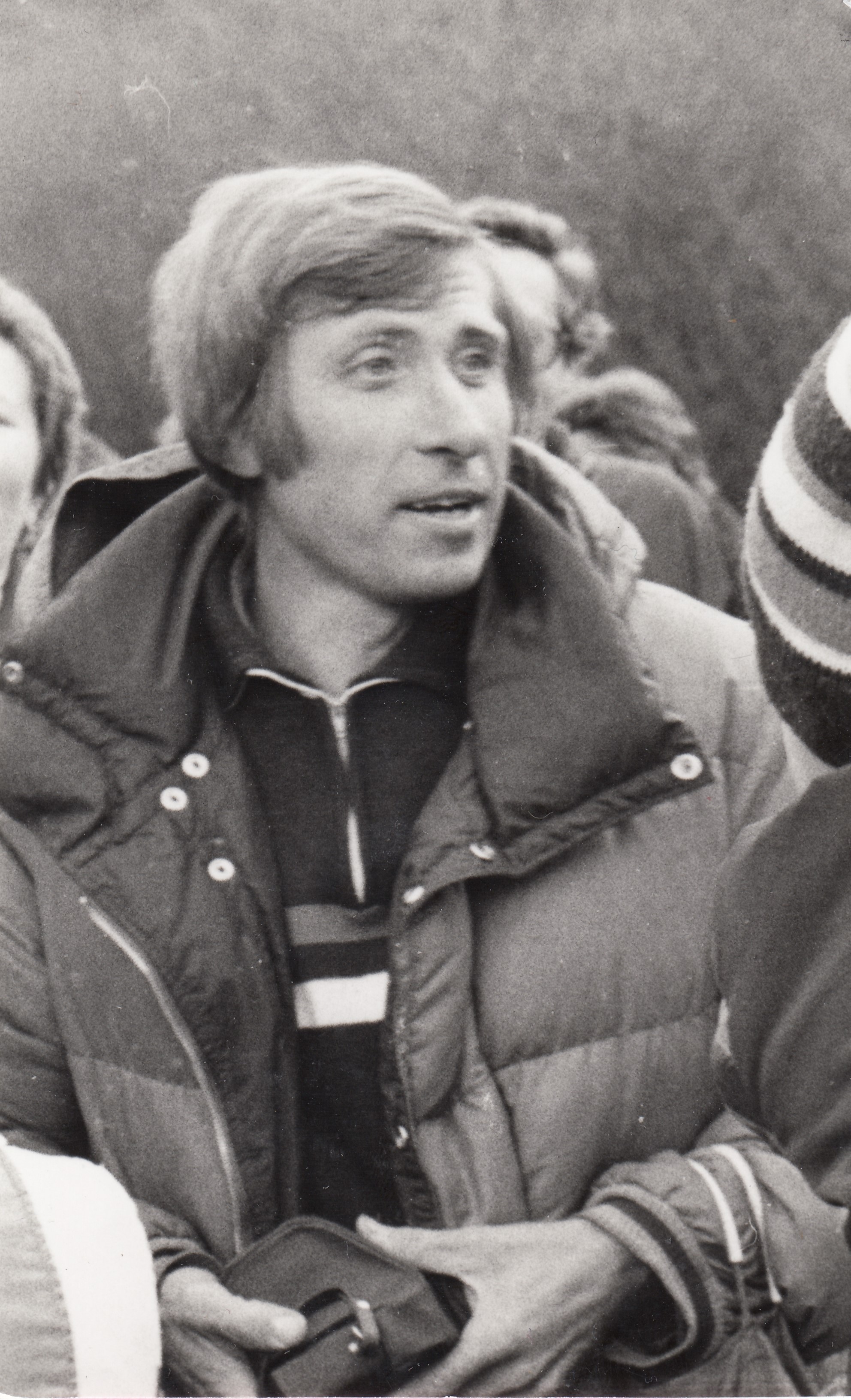
Download image
Jan Štursa was born on 3 August 1943 in Litomyšl. He grew up in Česká Třebová in a family where the railway trade was a traditional profession. However, instead of this profession, he was fascinated by nature. He therefore spent his childhood wandering in the surrounding countryside and getting to know various plants, animals and minerals. He studied at 11 year school and after graduating at 17, he considered whether to choose the path of a professional musician or to give priority to his passion for nature. In the end, the Faculty of Science at Charles University in Prague won out. After graduating, he immediately joined the Krkonoše National Park Administration, where he worked for 40 years. Since 1967 he has been a member of the Czech Botanical Society. From 1974 to 1989 he was Secretary of the Scientific Council of the Krkonoše National Park Administration and from 1990 to 1993 he was Director of the KRNAP Administration. He also worked as President for the Czech Republic in the EUROPARC Federation, a company that focuses on cooperation between countries in the field of nature conservation. For his many years of work in the field of European nature conservation, he was awarded the Alfred Töpfer Medal by this society. During his tenure at the KRNAP Administration, he has devoted himself to nature conservation and the education of young people, as well as extensive popularization activities. He has led and lectured countless lectures and field trips, been a consultant and opponent of dozens of diploma and doctoral theses. He belonged to a group of scientists who sought to stop inappropriate construction on the top of Sněžka. He cooperated with colleagues mainly from neighbouring Poland, Germany and Slovakia, and also visited them. He participated in a successful expedition to Nepal and many other natural science expeditions. Since the 1990s, he has travelled to many areas of natural scientific and conservation interest and informed the public about his travels at lectures. He has been married twice and raised two children with his first wife.
